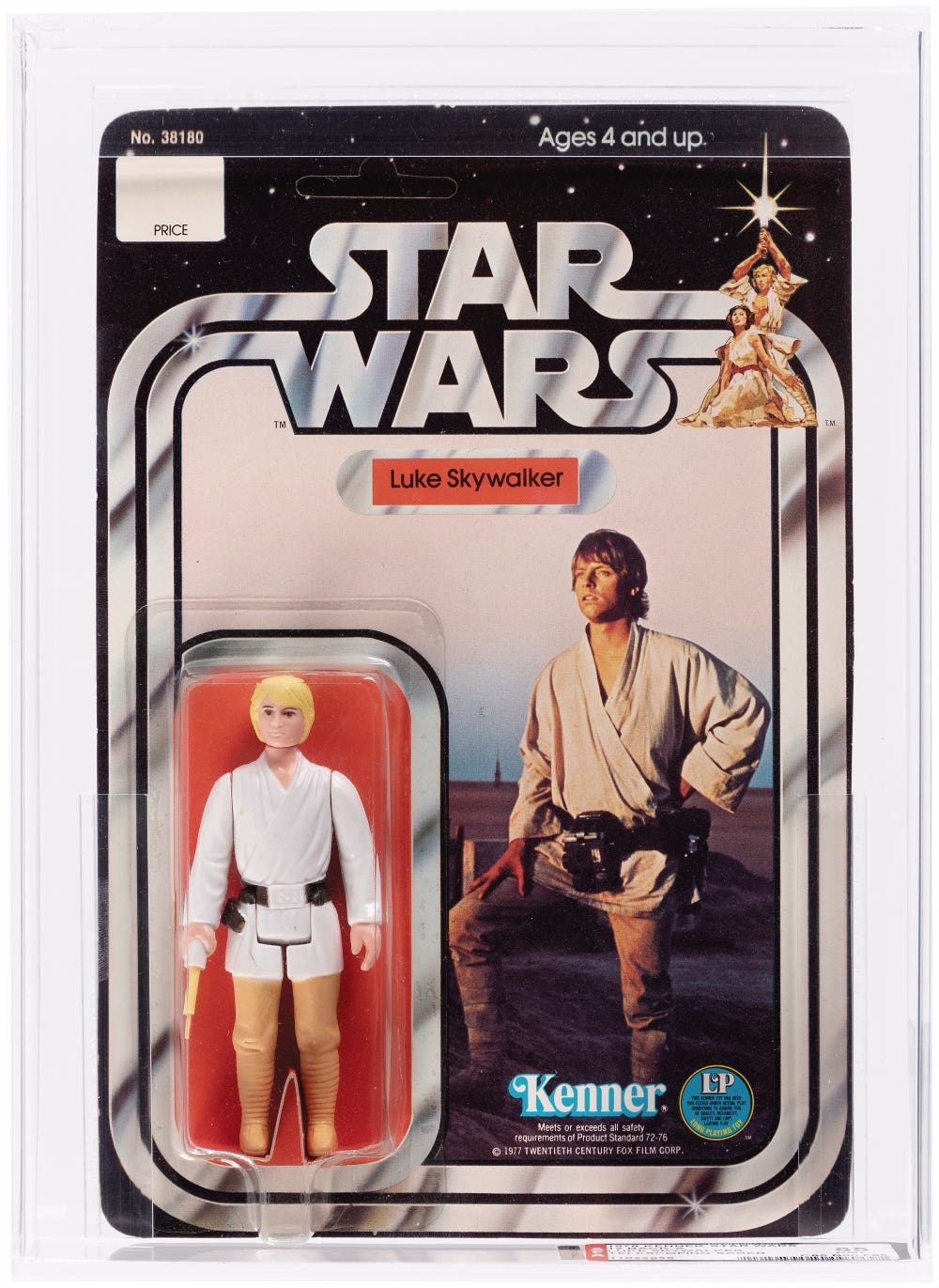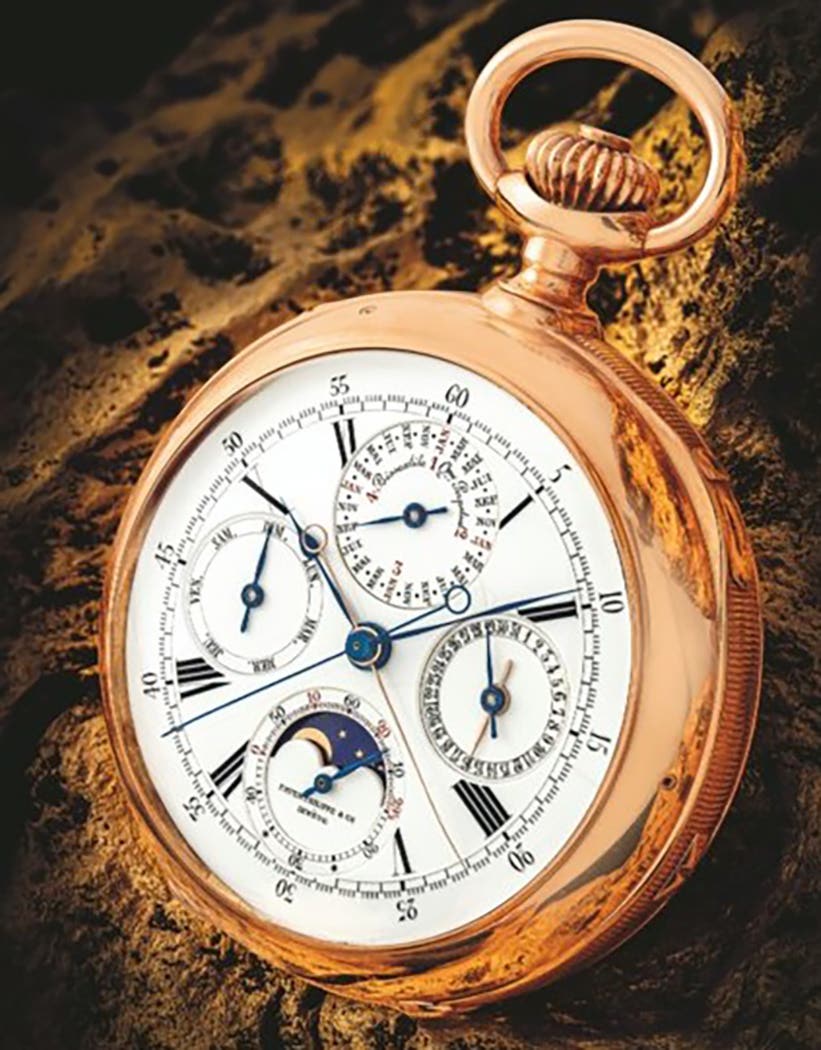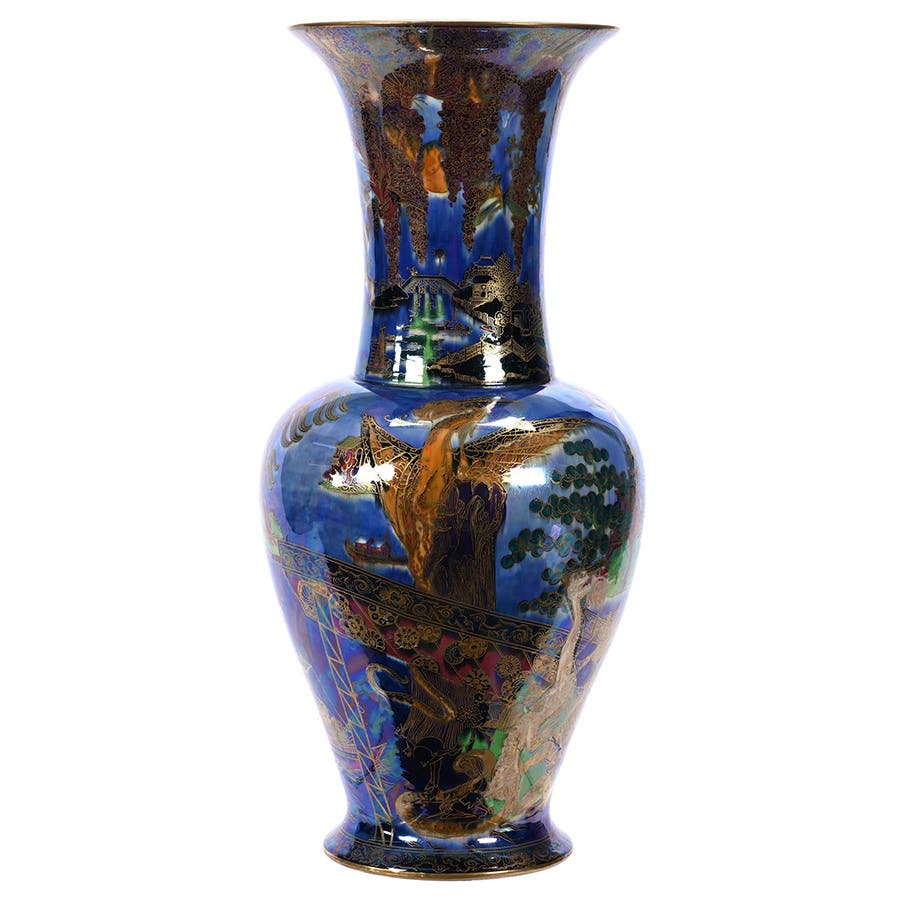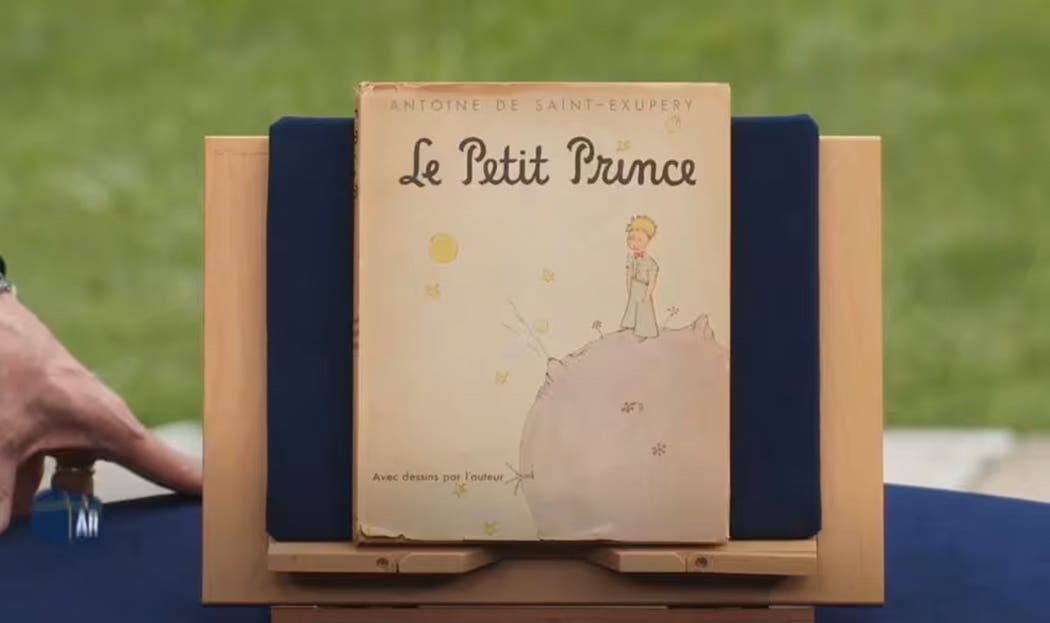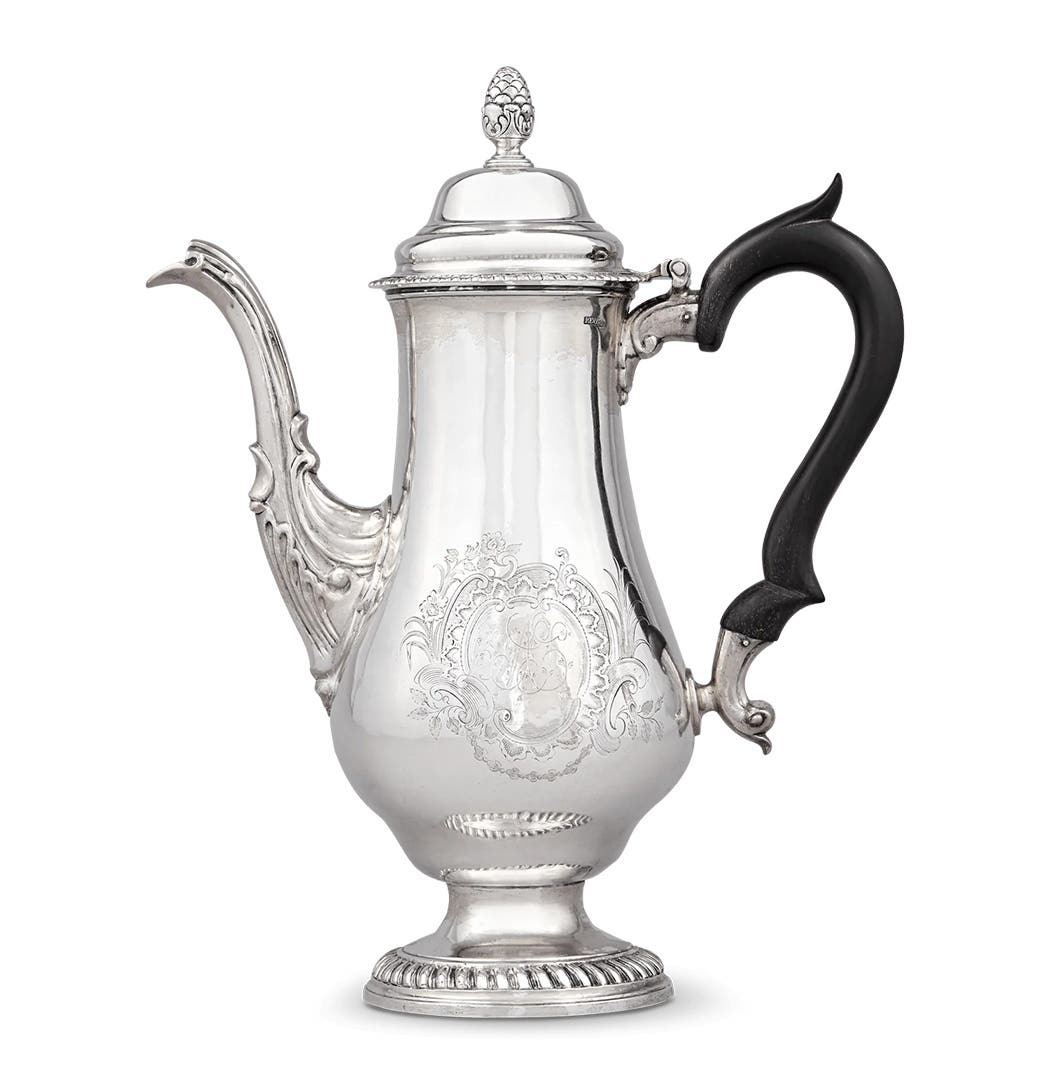Pinball Wizards
With blinking lights, wild sound effects, and a rebellious streak that once got them banned, pinball machines have captivated players and collectors for generations—and they’re still flippin’ awesome.
Bells and chimes rang as sirens wailed, glowing-colored lights flashed, animated scenes danced across dot matrix displays, and the air was filled with the sounds of clinking quarters and the frantic clang of flippers smacking metal balls.
Few things were as exciting for kids (and adults) as visiting an arcade during pinball’s heyday and being immersed in this cacophony. Pinball ruled long before video games conquered the world, and whether it was playing “The Addams Family” at the arcade, “Twilight Zone” at the pizzeria, or “Medieval Madness” at the local bar, everyone had their favorite game.
With their blinking lights, sound effects, and mechanical wonders, pinball machines have captured the imagination of people of all ages for decades; their colorful history even includes once being outlawed.
Today, pinball is experiencing a resurgence, thanks to an increasing number of enthusiasts who came of age playing the silver ball and now have the nostalgic desire to buy old favorites. This creates a healthy market for vintage machines that can command thousands of dollars on the secondary market.
Pinball’s Evolution
Over the past 90-plus years, pinball has gone from a simple marble game in the 1930s to the wood-railed classic of the 1950s to the multi-leveled digitized machine it is today. A product of America’s industrial past, these mechanical marvels symbolize the nation’s technological ingenuity.
At its most basic level, pinball challenges players to use plastic flippers to control, aim, and fire a stainless-steel ball around a playfield covered with objects and obstacles. The game’s rectangular cabinet and sloped playfield are instantly recognizable even if you've never played pinball.
Pinball’s roots trace to the 18th-century French table game “Bagatelle.” Similar to billiards, “Bagatelle” was played by using a cue stick to knock balls across a table past wooden pins and into scoring holes.
The first modern pinball machines originated in the 1930s during the Great Depression. In 1931, David Gottlieb, founder of the Gottlieb & Co. amusement company, developed a game called “Baffle Ball” that had players try to get a ball into a hole and had a penny coin mechanism to monetize play. A year later, Raymond Maloney, who founded the Lion Manufacturing Company (later renamed Bally), is widely considered to have invented the modern pinball game “Ballyhoo,” also coin-operated.
Throughout much of the 20th century, Bally and Gottlieb were among the innovative companies whose glass-covered, countertop “pin games” entertained millions of people and were the precursors of video games.
Game-Changing Innovations
As the game rose in popularity during the 1930s and 1940s, designers introduced new features, including bells, chimes, and electrified scoring bumpers. Playfields and “backglasses” also gave artists a blank canvas to create vibrant visuals, often centering on fairy tales, popular trends, and pretty women.
Pinball was further revolutionized when the Gottlieb Company released the game “Humpty Dumpty” in 1947 with its now-iconic electromechanical feature: the flipper. This feature allowed skilled players to keep the ball in play longer and increase their scores. “Humpty Dumpty” featured six outward-facing flippers, but by the early 1950s, two flippers became the standard with the game “Triple Action.”
Flippers transformed pinball, which was a much different game before flippers. With little to no skill involved, it was viewed as a game of chance, as players had no control over how the ball bounced off pins and went across the playfield. Like many other games of chance, people gambled on it.
As a result, early pinball was outlawed as a gambler’s game, became associated with the mob, and New York City officially banned it in 1942. Other major cities soon followed suit, including Chicago and Los Angeles. It wasn’t until the 1970s that pinball re-emerged as a legitimate game of skill and not chance.
Paving the Way for Video Games
Pinball offered people new and exciting ways to play games and helped lay a foundation for video games. Many early arcade video games, including “Pong” (1972), “TV Flipper” (1975), and “Video Pinball” (1978), required players to hit digital balls with virtual paddles or flippers, much like pinball. Video game designers also borrowed from pinball’s basic game structure of three balls and accumulating extra ones, translating it to “three lives” and “extra lives.”
In the 1980s, video games almost erased pinball. Still, lucrative movie licensing deals in the 1990s made it popular again. They produced one of the best-selling pinball machines in history: 1992’s “The Addams Family” game by Bally’s Midway division, based on the 1991 movie starring Angelica Huston and Raúl Julia. Famous for its innovative design, more than 20,000 units were sold, and this now-iconic game can command five figures on the secondary market.
A Growing Collectors’ Market
Pinball has had a resurgence in recent years, driven by collectors and enthusiasts who value the craftsmanship, entertainment, and nostalgia the machines bring. This has sparked growth in the production of new machines and the demand for vintage classics.
Collecting has also evolved from a niche hobby to an active community with members from all walks of life. With the advent of online pinball forums and social-media marketplaces, collectors now have more resources to find their next pin buys. Auctions can also be goldmines for acquiring vintage machines, and networking with local pinball groups can lead to rare finds and private deals.
The fun part about pinball is that everyone has their favorite machines and different collecting strategies. Some key factors collectors consider include build quality and features, artwork and design, thematic appeal, and the manufacturer. Machines made by Bally, Gottlieb, Stern, and other leading pinball companies that produced some of the most memorable games in history are perennial favorites with collectors. They are avidly sought after for their high-quality and inventive designs.
The Value of Pinball Machines
Collectors who preserve these interactive pieces of art are willing to pay far more than a pocketful of quarters for some of them. Factors such as rarity, condition, demand, historical significance, and limited editions determine value, ranging from a few hundred dollars to tens of thousands. Pinball machines from the 1980s through today generally have higher prices, as these machines are more complex and imaginative to compete with video games.
Some standout sales over the past few years include:
1. Batman 66, 1991, by Stern, is a rare, limited edition of 80, which sold on eBay in 2021 for $29,999.
2. Ghostbusters, 2016, by Stern, is a limited edition of 500. The hard-to-find Ecto-1 topper sold on eBay in 2023 for $25,999.
3. The Big Lebowski, 2022, by Dutch Pinball, sold on eBay in 2024 for $25,000.
4. Twilight Zone, 1993, by Midway, sold on eBay in 2023 for $23,000.
5. The Addams Family, 1992, by Midway, sold on eBay in 2022 for $21,590, while a special Gold Edition, released in 1994 in a limited run of 1,000, sold in 2024 for $22,888.
6. Mermaid, a rare 1951 Gottlieb wood rail machine, was sold at auction in 2024 for $22,300.
7. Guardians of the Galaxy, 2017, by Stern, is a limited edition of 600, and it was sold on eBay in 2025 for $20,000.
8. Sweet Add A Line (at left), a 1955 Gottlieb wood rail machine, was sold at auction in 2024 for $11,300.
9. Arabian Nights, 1996, by Bally, sold at auction in 2024 for $8,000.
10. Creature From the Black Lagoon, 1993, by Bally, sold at auction in 2024 for $7,500.
Not every pinball machine has a price tag out of reach for beginning collectors. Many machines sell for under $1,000. For example, a 1975 “Super Flipper” machine by Chicago Coin Machine Co. sold at auction in 2025 for $650, and a 1985 “Sorcerer” game by Williams Electronics (in need of some work) sold at auction in 2025 for $850.
Pinball’s enduring appeal lies in its innovation, skill, and nostalgia. As collectors and enthusiasts continue to grow the community and preserve these machines, they ensure that future generations can enjoy the game's magic and mechanical wonders.
All images courtesy of Craig F. Walker/The Boston Globe via Getty Images
You may also like:



